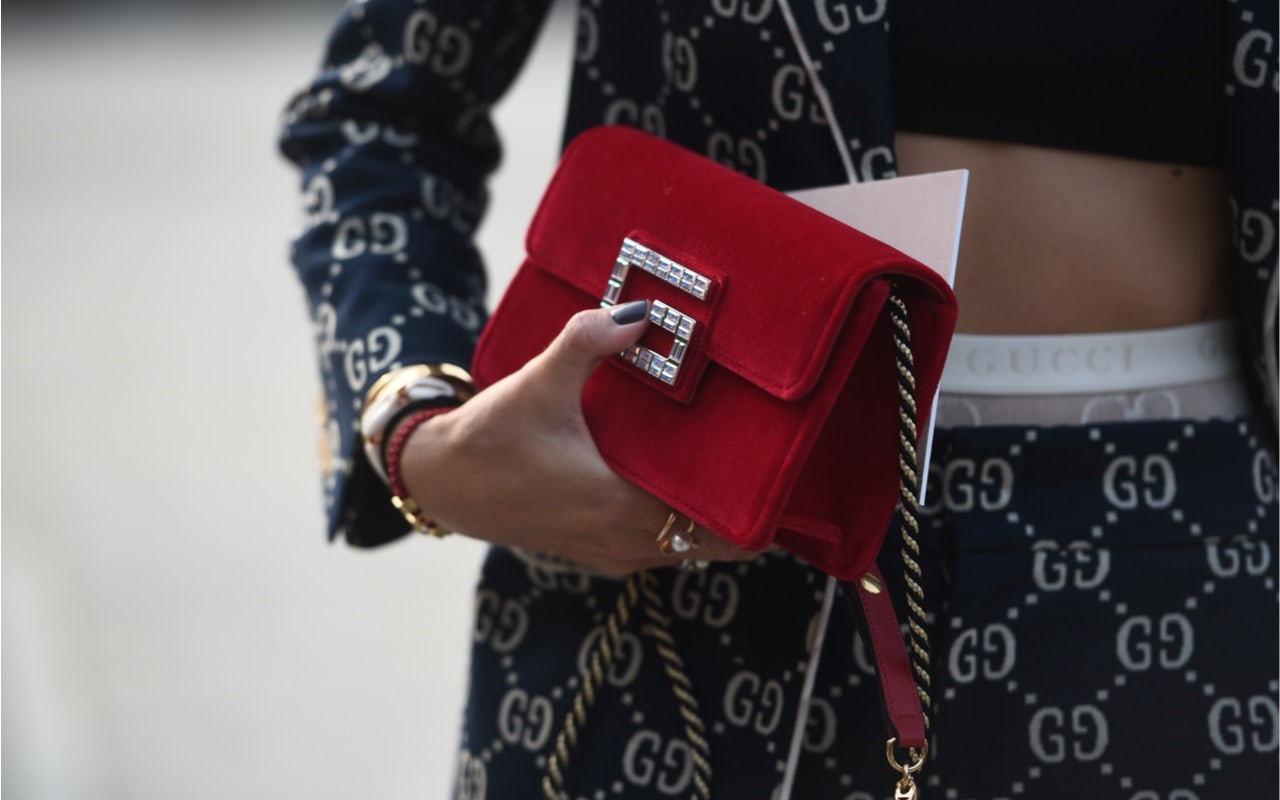Last week, the French luxury group Kering, owner of a portfolio of brands that includes Gucci, Bottega Veneta, and Saint Laurent, reported its first-half 2019 earnings. Recording consolidated group-wide revenue of €7.6 billion, a rise of nearly 19 percent against the same period last year, Kering’s continued success is certainly impressive considering the market climate.
But is Kering’s latest growth spurt soon to taper off, and will we see a change of direction for Gucci in particular by the end of the year?
Gucci is, without a doubt, central to Kering. Out of the €7.6 billion generated by Kering brands in the first half of this year, Gucci revenue totaled €4.6 billion, 62 percent of the Group’s revenue. Moreover, in the first six months of 2019, Gucci generated more sales than it did in the whole of 2016.
Yet Kering’s first-half report says Gucci is on a comedown after two years of unprecedented demand, and although there were margins of growth in the first half of 2019, revenues are leveling off. Although this is expected, given the speed at which luxury consumers move from brand to brand or collection to collection, there’s reason for concern.
To continue growing or at least stave off decline, Chinese customers will remain crucial for Gucci. In markets like the United States, the brand is struggling to gain more traction on social media among new followers and younger audiences. The brand has also faced recent controversies, such as its “blackface sweater” scandal earlier this year, which led to Gucci appointing Renée Tirado as its new global head of diversity, equity and inclusion in July. In markets such as North America, Gucci has its work cut out if it expects to avoid decline and maintain momentum.
With Chinese shoppers expected to spend more within mainland China this year, Kering will undoubtedly keep a close eye on revenue at its nearly 60 points of sale within the Mainland and nearly two dozen stores in Hong Kong and Macau. According to Kering’s first-half report, nearly 86 percent of Gucci sales are generated at its 477 directly operated stores, 201 of which are in emerging markets.
Gucci relies heavily on tourists to prop up in-store sales worldwide, and in the effort of attracting more of these traveling shoppers — many of whom hail from mainland China — the brand has invested heavily in refurbishments. (Gross operating investments for Gucci reached €125 million in the first half of 2019, a rise of more than 9 percent over the same period last year.) But are these efforts going to bear fruit in places that their biggest-spending shoppers visit?
Gucci should be concerned this year about sales in two markets that are traditionally fairly reliable for mainland Chinese tourist-shopper spending: North America and Hong Kong. Chinese tourist arrivals are expected to continue to decline or stagnate at best, with visitors put off by continued US-China tension and a litany of other concerns, with business owners from Los Angeles to New York concerned they’ll lose much-needed revenue from some of their most reliable big spenders.
Hong Kong, where the luxury sector is effectively paralyzed at the moment, will also be a pain point for luxury retailers this summer. In response, expect to see Gucci (and the Kering Group) invest more in e-commerce in Asia, as well as mainland China operations, to fight expected weakness in attracting Chinese tourist-shoppers in these key markets.
Taking the global view, typically North America is seen in the luxury sector as an indicator of consumer spending and trends — and the longer-term outlook is not looking good for Gucci. In the first half of 2019, Gucci’s North America revenue rose a paltry 1.1 percent. Kering’s report made one suggestion to justify this softness: a sharp rise in spending by American customers in Western Europe who have been holding back spending at home. But if this continues past the summer, red flags are flying for Gucci.
Also, in the remainder of this quarter, Gucci will keep a close eye on Asia revenue within mainland China, as well as markets favored by Chinese travelers, such as Singapore, Thailand, and even the Philippines to discern how good (or grim) 2020 may look.
Time will tell whether Gucci can expect a slow decline that necessitates a shot in the arm, or whether continued investment can delay a downturn. Plans have already been made to integrate the brand’s product development and manufacturing processes, in tandem with rolling out major changes to its supply, logistics, and information systems. But will this be enough to keep the brand simmering in the minds of customers worldwide, or is Gucci’s goose already cooked?

